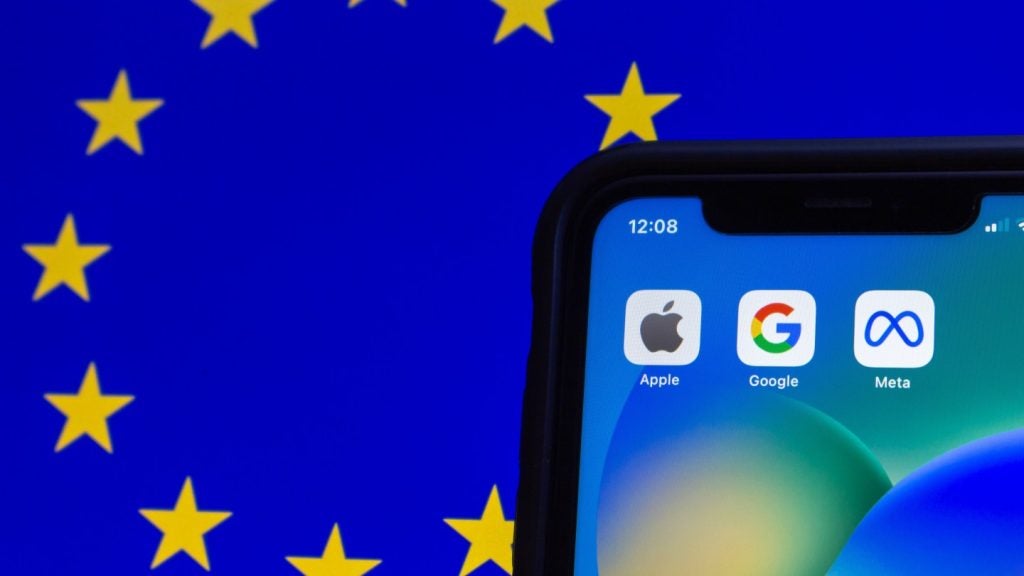Canva has been granted a patent for a computer implemented method that involves accessing production data and displaying a collapsed audio timeline on a display. The timeline includes audio timing indicators for different audio elements, with the second indicator displayed in front of the first indicator and having a smaller display height. The method allows for efficient visualization of audio elements in a video production. GlobalData’s report on Canva gives a 360-degree view of the company including its patenting strategy. Buy the report here.
According to GlobalData’s company profile on Canva, Industrial data mgmt systems was a key innovation area identified from patents. Canva's grant share as of September 2023 was 61%. Grant share is based on the ratio of number of grants to total number of patents.
Patent granted for a computer implemented method for displaying audio timelines
A recently granted patent (Publication Number: US11769530B2) describes a computer-implemented method for managing audio elements in a video production. The method involves accessing production data that defines the timing and duration of different audio elements within the video.
The method includes displaying a collapsed audio timeline on a display, which shows the timing and duration of the audio elements. The collapsed audio timeline includes timing indicators for each audio element, displayed on a single rank. The indicators are positioned horizontally based on the start and end times of the corresponding audio elements. The height of each indicator represents its duration. If multiple audio elements overlap in time, their indicators are displayed on the same rank, with the indicator of the element displayed in front having a smaller height.
The patent also describes a feature called an exploded audio timeline, which replaces the collapsed audio timeline. In the exploded audio timeline, the indicators are displayed on separate ranks to avoid overlap. The exploded audio timeline is triggered by user input, such as selecting an audio timing indicator or adding a new audio element to the production.
The method further includes detecting user input that modifies the timing of audio elements. When the timing of overlapping audio elements is changed to no longer overlap, their indicators are displayed on the same rank in the exploded audio timeline.
The patent also covers scenarios where additional audio elements are added to the production. If the timing of the new audio element does not overlap with any existing elements, its indicator is displayed on the same rank. However, if the new audio element overlaps with existing elements, a new rank is created for its indicator.
The patent also describes a computer processing system that includes a processing unit, a display, and a non-transitory computer-readable storage medium. The storage medium stores instructions that, when executed by the processing unit, implement the method described above.
Overall, this patent presents a method and system for managing audio elements in a video production, allowing for efficient visualization and manipulation of the timing and duration of these elements.
To know more about GlobalData’s detailed insights on Canva, buy the report here.
Data Insights
From

The gold standard of business intelligence.
Blending expert knowledge with cutting-edge technology, GlobalData’s unrivalled proprietary data will enable you to decode what’s happening in your market. You can make better informed decisions and gain a future-proof advantage over your competitors.







